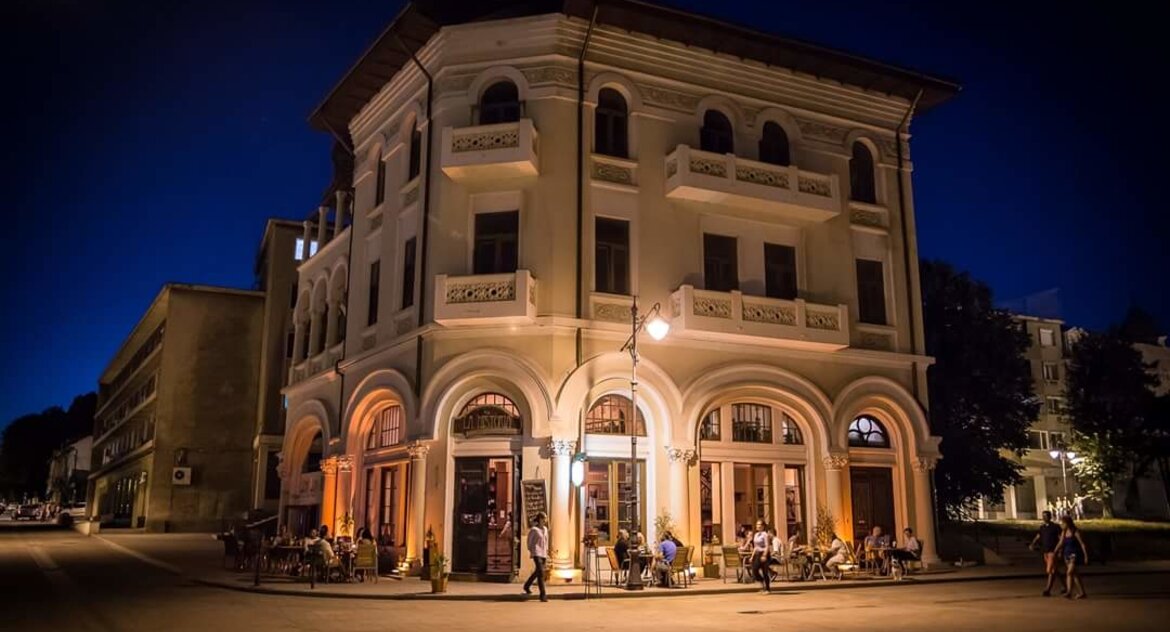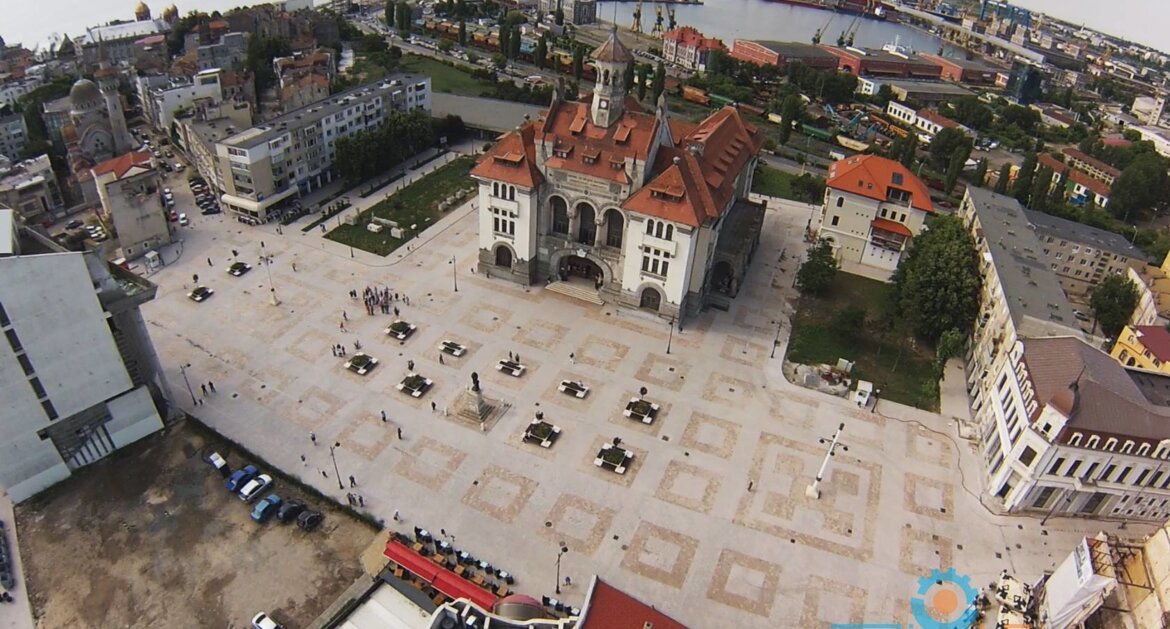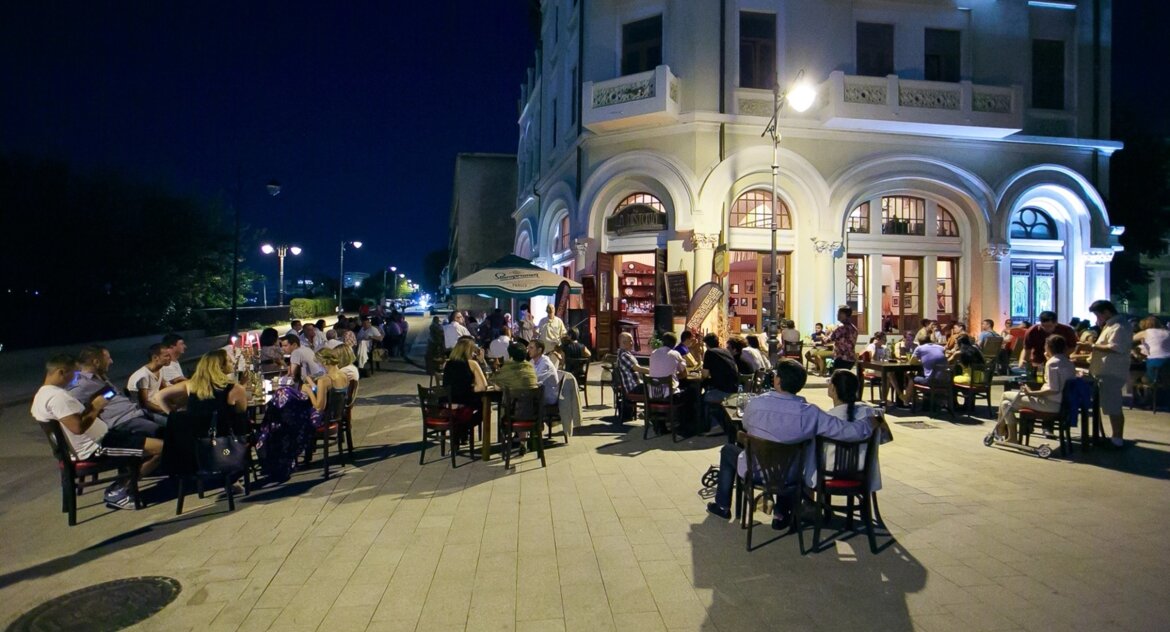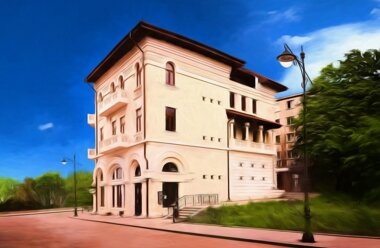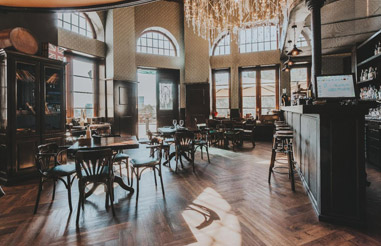Casa Damadian
Piata Ovidiu, Constanta, Romania
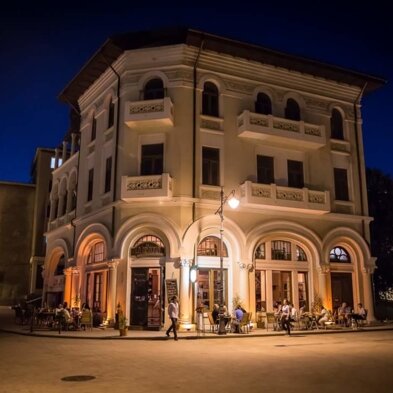
CASA DAMADIAN
The History

Piata Ovidiu nr 13 is a unique building that spans over a total of 8 stories. It is completely reinforced; from new concrete fundations to a brand new roofstructure. The exterior is carefully restored to its “former glory”. Inside the building is unfinished, and can therefore be adapted to meet the future owners needs. It’s story traces back to enchanting times of Turkish opulence. The first document mentioning the land on wich the beautiful house would later be built, is dated the Turkish 15 Safer 1283 (equivalent of 1865) and it is a translation of the original contract into Romanian. We learn that the land was purchased at an auction by Bagdasar, son of Cahalic, and Armenian from Constantinopol, subject to the Ottoman Empire.A series of owners with just as intriguing names and origins follow, like mister Andonovici, mister Cicilianopulo, or a certain mister Gheorghe Stavraca from Bulgaria who would sell his property to Lady Alice Emylie Wegener. In 1894, a year after the purchase, building approvals are issued and the foundations of Casa Wegener are laid under the supervision of Maximilian Wegener, Lady Alice’s husband. The original drawings of the house included a basement, two stories and an attic.A sad event is recorded nine years later and it marks the beginning of a long history of legal, social, economical and political turmoil: the death of Alice Wegener.
Casa Wegener is the only inheritance to her husband and their seven children. The oldest son, Alexandru, sells his share to mister Ion Xanthopol and thus starts a long legal battle which ends with an auction and mister Xanthopol as the sole owner of the property in -back then- Perscarilor street.As history unfolds, Casa Wegener undergoes the hard times of World War I, as it is mortgaged several times; however, in 1914 it is bought at an auction – yet again – by Haigouhy and Armenag Damadian.The new owners radically rebuilt and extended the house in an architectural style resembling very much the one of the next-door neighbor – the former City Hall, today’s Hystory and Archaeology Museum. Although not confirmed, there are theories saying that the same famous architect Victor Stefanescu that designed the city landmark is behind the rebuilding of what became known as Casa Damadian.World War II brings the house under both Russian and German occupation at times. The rich, almost 100 year history ends abruptly with a short document dated 1950 in which a tenant is informed that the building is nationalized, and a rent of 2,000 lei is set to be now paid to the communist state.Casa Damadian remains property of the Romanian state until 1997, when it was restituted to the rightful heirs.The current owners purchased the building in 2004 and has invested substantial amounts in bringing the building back to its former glory.
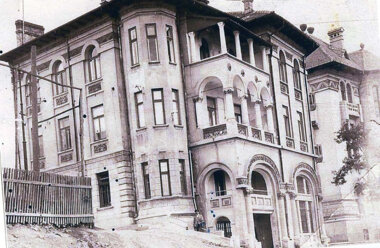
Orient şi Occident sub acelaşi acoperiş: părinţi germani, istorie armenească, viitor norvegian
Povestea de astăzi este despre interes și nepăsare, despre bune intenții și rea credință, despre iubire și ură.
Bijuteriile arhitecturale
ale Constanţei.
Ce moştenire au lăsat armenii
Zona Peninsulară a Constanţei se mândreşte cu o impunătoare construcţie în stil brâncovenesc, ridicată de armeanul Armenag Damadian.
PIATA OVIDIU, CONSTANTA
Located right in the thick of it.

Piata Ovidiu 13, Constanta
